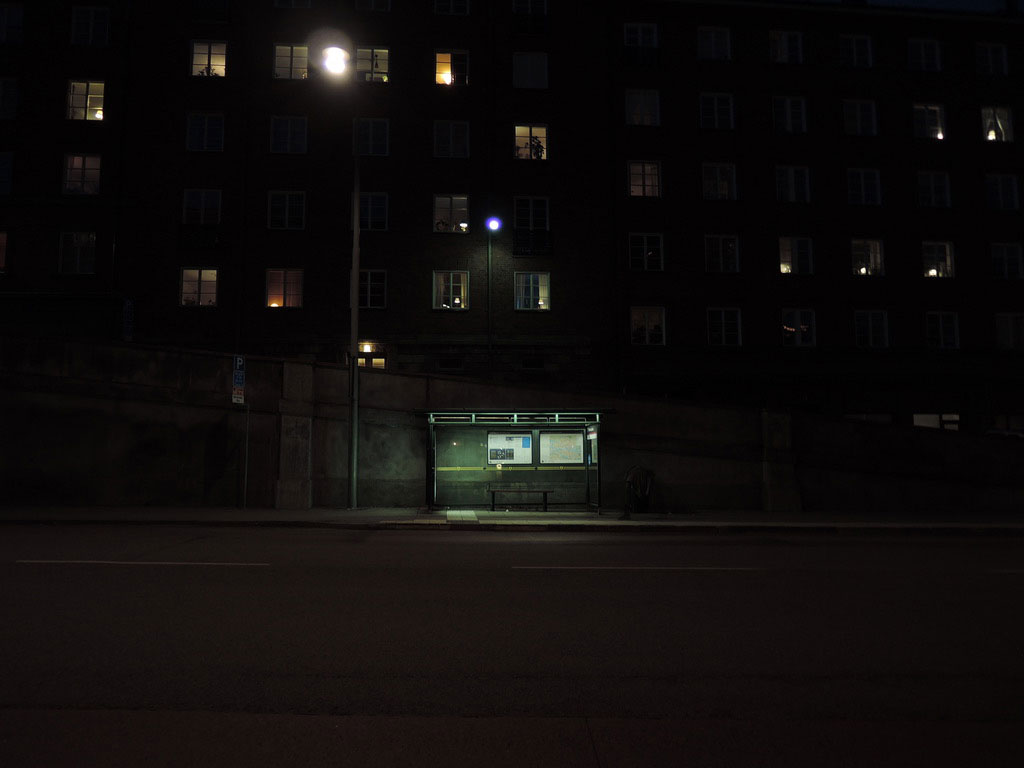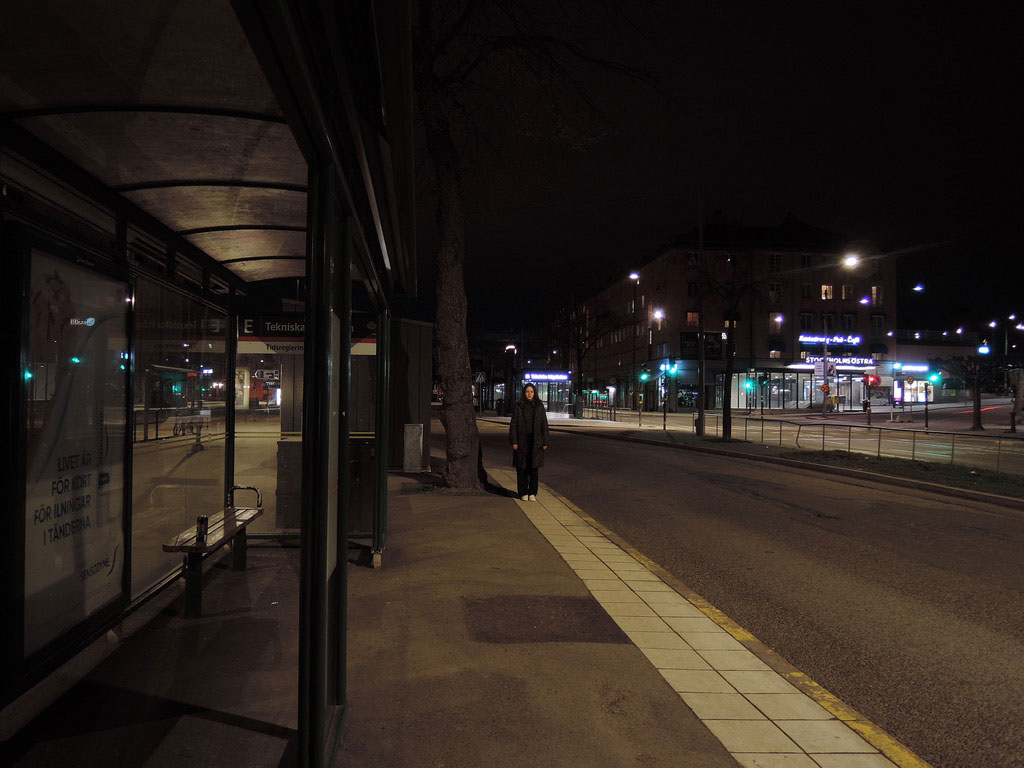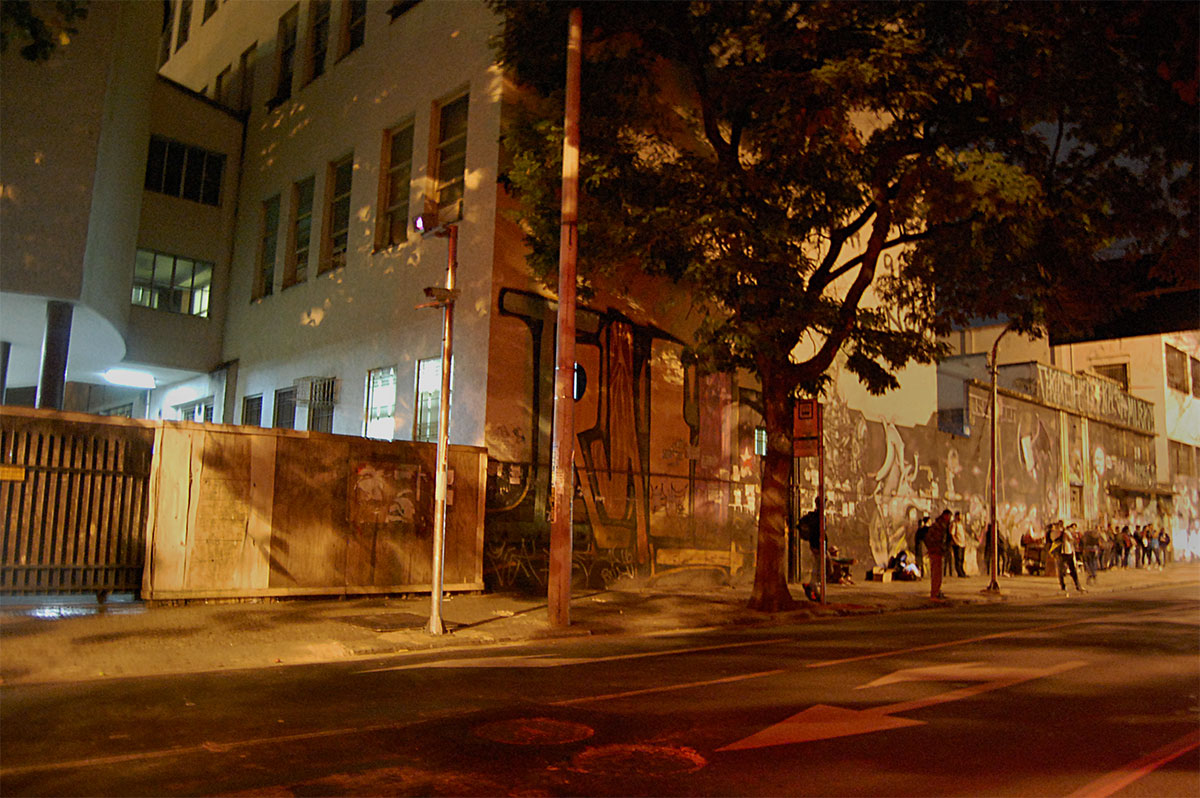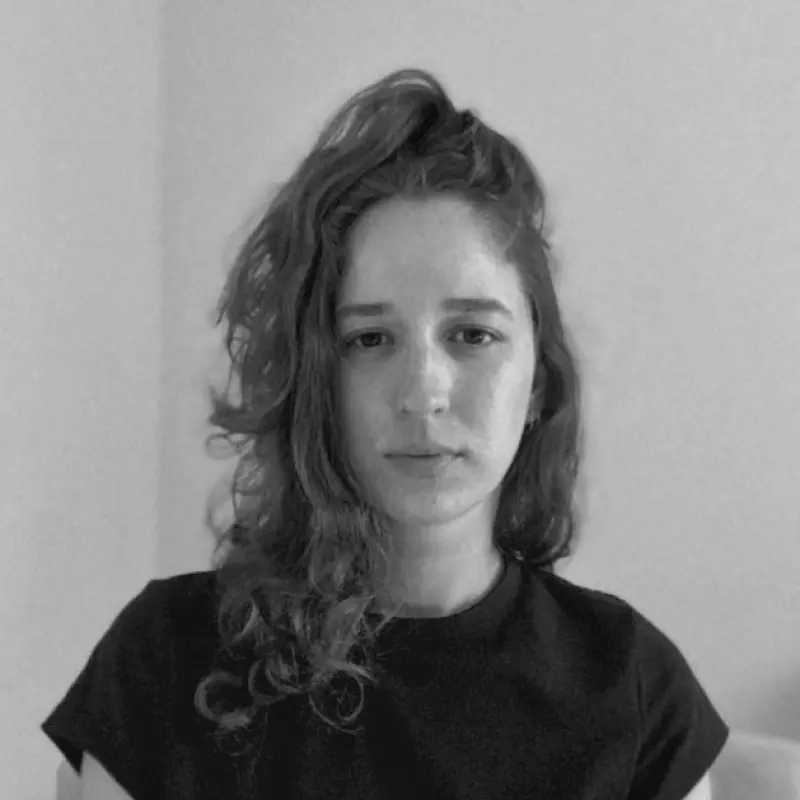R.A.W Victória Loureiro
3 Mar 2023 // R.A.W
Following a very enriching experience at IALD Enlighten Americas 22, we noticed a high interest in the perception of safety in the city at night time. It is well known the importance of light and in this direction several big firms in the industry are working towards new regulations and new tools to provide a better nightscape scenario especially, but not only, for women. In fact, the perception of safety is a very important issue not only from the point of view of public lighting, but also for administrations and traders in poorly or poorly lit areas. An example are the night walks that are organised by groups and associations with the possibility of improving one's relationship with the urban fabric at the centre, during the darkest hours.
This is why today, Dipali and I discuss our places of origin, as well as where we live, intertwining our Swedish experience with that of our chosen RAW woman for this post: Victória Loureiro.
A study done by Women’s centre for health matters shows that the major cause of women feeling unsafe during night time at public spaces (around 46%) is because of improper lighting. Also lighting being held as a prime factor as opposed to other factors.
By spotlighting Victoria’s research on the much discussed topic revolving around women’s safety in public spaces and how lighting can play a crucial role, we urge this discussion to be taken forward and to be heard by a wider audience.
An ever-lasting exercise of curious and open observation.
“a city is where everything is happening” these are the words of Victoria Loureiro, lighting designer from Belo Horizonte, Brasil, and currently working in Lisbon, Portugal.
Studying environmental design, Victoria Loureiro started with a lighting module and developed a lighting design project. After that, she never stopped entering the lighting world. With a dissertation at the Lighting Laboratory program at KTH, Stockholm, under the name “Light, visibility and perceived safety: a case study on how light levels and light distribution are related to women’s perceived safety in the urban environment of Stockholm city”, the way she stepped into the urban lighting realm, was actually the incident that inspired her career-choice.

a bus stop in Stockholm, 2021, cc Victória Loureiro
In 2017, having classes until 10pm in the downtown area of the city and waiting thirty minutes for the bus to arrive, exposed her to her own feeling of vulnerability and fear. To try to ease the fear, she would have observed all the bus stops around her, noticing how one in a dark spot had a few people near it, while the one in a bright area had none at that time of the night. As one might have thought to see the reversed scenario, Victoria started to investigate and read articles on the subject, turning it into her final graduation’s project.

investigated bus stop, Stockholm, Sweden 2021
Being a lighting designer for her, is an urge to contribute and create better public spaces and more inclusive cities than an urge from safety
Safety is an important matter to a more general idea. As Taylor, author from ActionAid, affirms, “a woman can enjoy her right to the city, when she lives free from violence and the fear of violence”.
Victoria through her research highlights some key-findings on how the perception of safety is dependent on the immediate surrounding rather than more distant spaces; higher light levels on these immediate surroundings are imperative to designing a safer environment. And above all, how previous light experiences influence our perception of safety.

Investigated bus stop, Belo Horizonte, Brasil 2018

During testing development for thesis research, Stockholm, Sweden 2021
These findings draw us closer in realising our responsibility as a lighting designer to create such safer experiences. These are fundamental to starting discussion and looking into more possible ways of implementing in the realms of spatial design.
In 2021, the Italian WIL Ambassador Giorgia Brusemini laid the foundations for new connections between Women in Lighting Italy and those realities that are developing projects in the area that focus on women and gender minorities to guarantee freedom of movement and greater safety on the road in the urban context. The lighting designers support with their skills and have participated in real night patrols first in Turin and Milan with DONNEXSTRADA.org (NON-PROFIT ASSOCIATION for street safety and against gender-based violence) and then with the project “Her Walks” designing Niguarda with the eyes of women_always in Milan with the urban planners of Səx & the City Milano, the Counselor Gaia Romani and the women who live in the neighbourhood.
A similar initiative is been carried by PLAN International where they have created a crowd-mapping tool in collaboration with CrowdSpot, Monash University’s XYX Lab and, crucially, young women the interactive map invited girls and women to drop pins – happy or sad – on places they love, avoid, feel safe in and those that can be improved.
Following a pilot study in Melbourne in 2016, the map was developed for 5 cities in different continents - Sydney, Delhi, Kampala, Lima and Madrid. You can look up the Free to Be Map and explore how certain areas where they have called out certain places to have unsafe experiences. These tools help them raise voice and be a part of the change.
In short, real field research, listening to the voices and testimonies of women who live in the city and testing their perception of safety!
The intent is to set up a working table where to collect all this information, reports and experiences to create a “tool”, urban lighting design guidelines for a future smart city that is more equitable, welcoming, inclusive: a city for everyone and that is during the day but also at night.
––
R.A.W Bloggers
Martina Frattura & Dipali Shirsat

